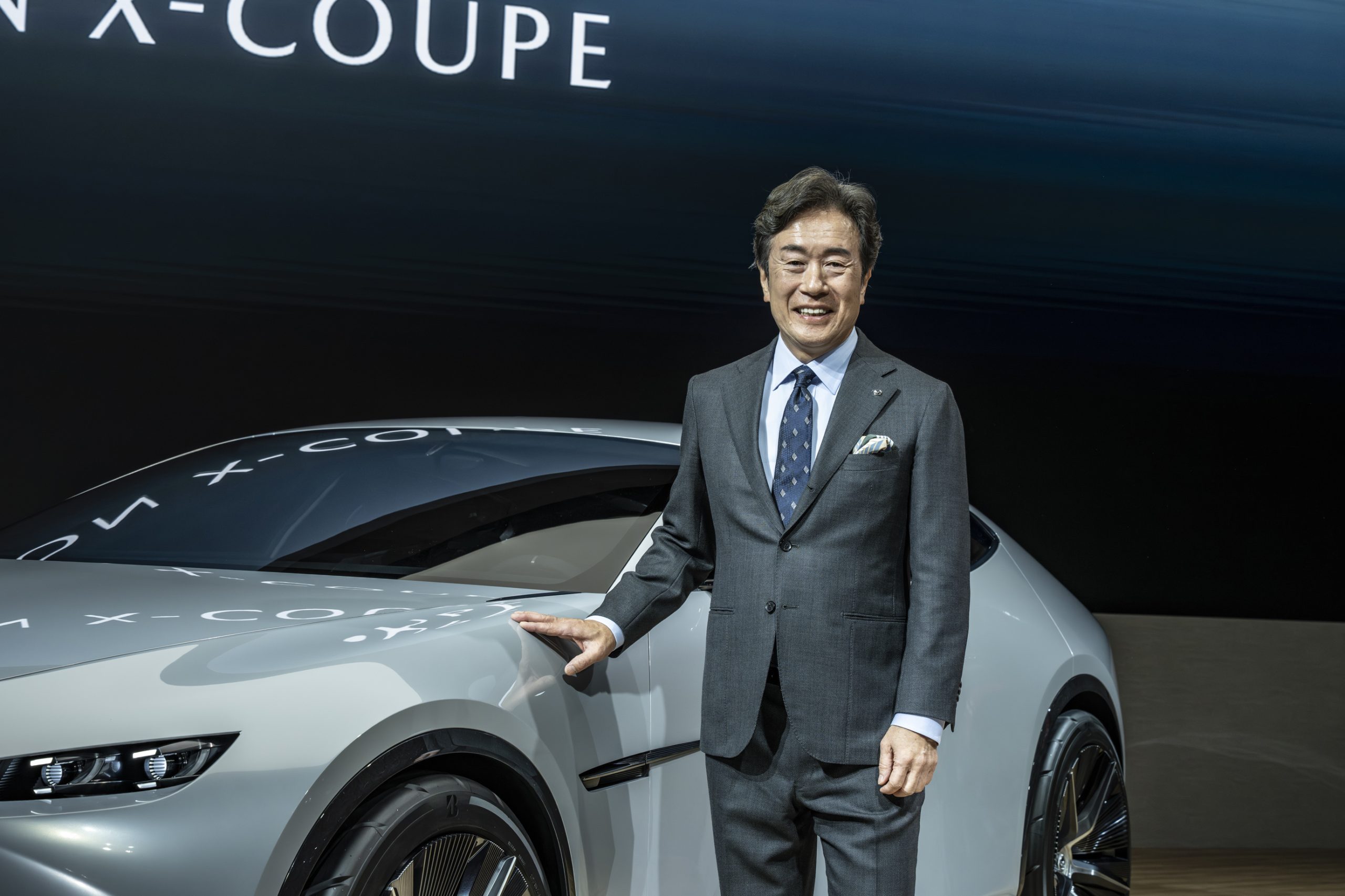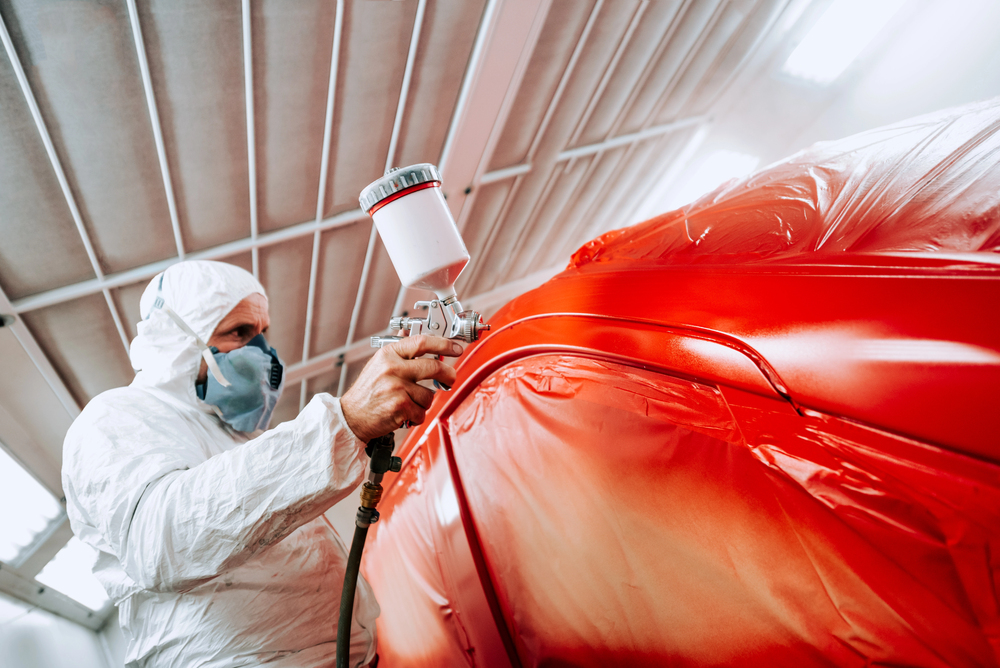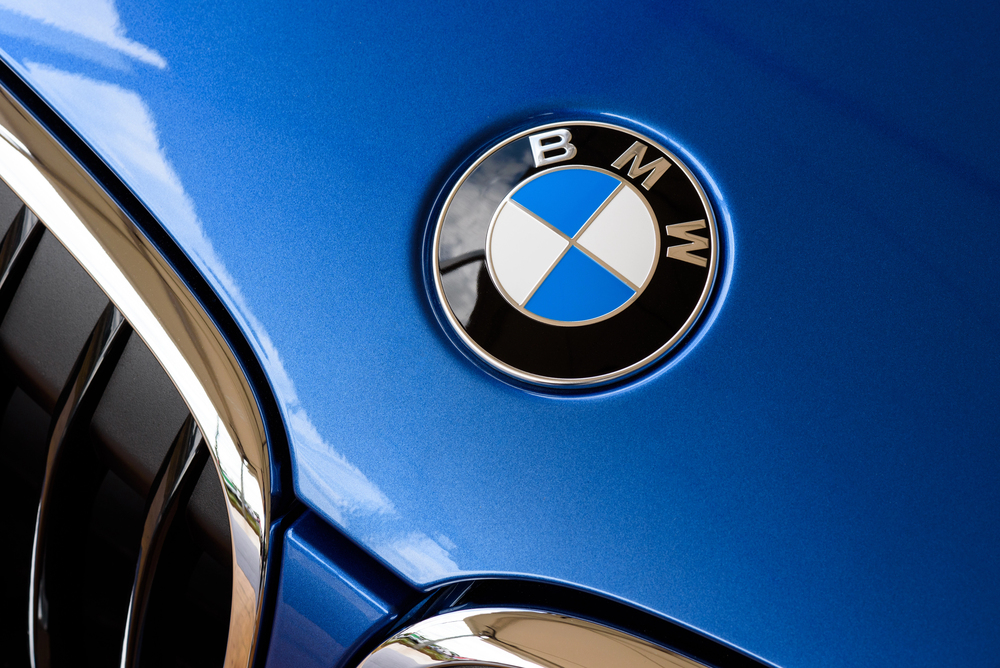How EV Brakes Actually Wear Faster Than You Think
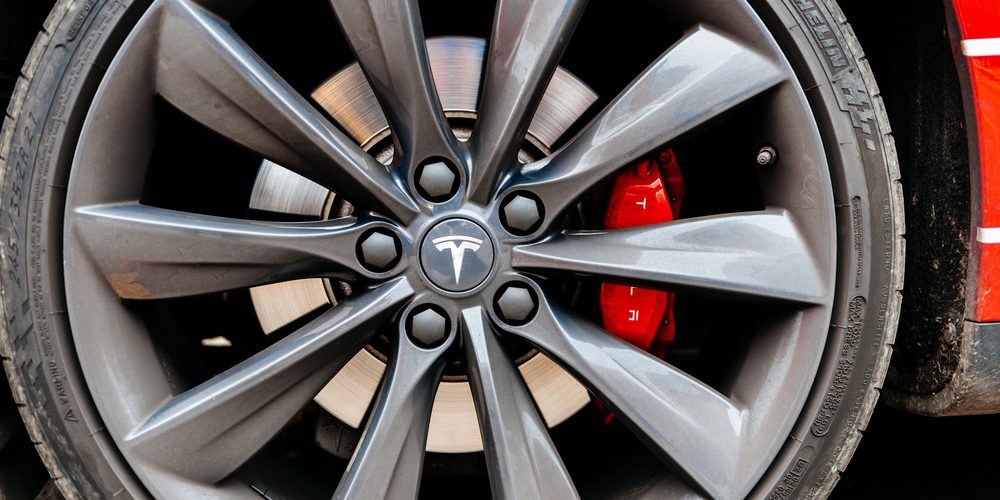
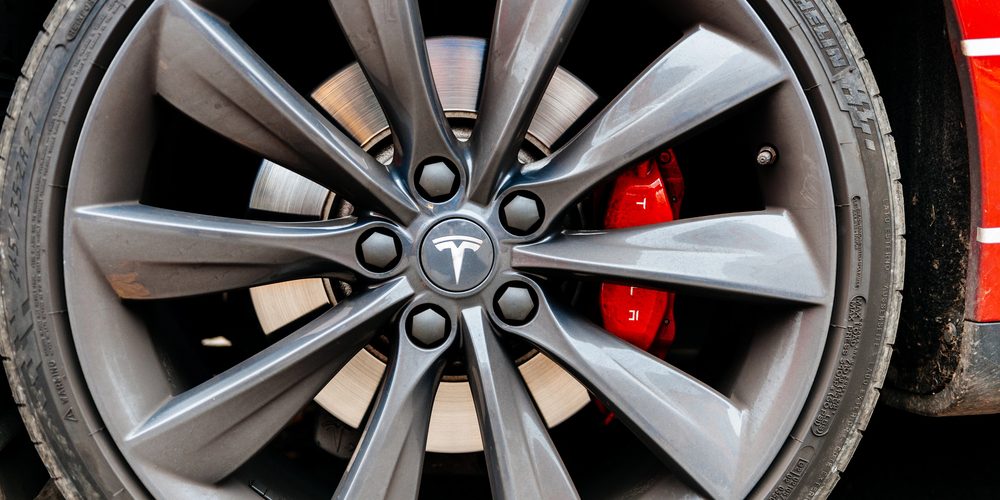
Electric cars are known for regenerative braking, so it is easy to assume the friction brakes enjoy a quiet life. The real picture is more complicated. Many EVs place sudden, heavy loads on their pads and rotors, the vehicles carry far more weight than petrol models, and the systems that manage energy recovery switch modes in ways most drivers never notice. These factors combine to create a braking pattern that is far harsher than the smooth EV driving experience suggests.
This article explains why that happens, how the mechanical forces differ from conventional vehicles, and what current data from manufacturers and fleet studies show about brake wear in real use.
How Regenerative Braking Changes the Load on Physical Brakes
Regenerative braking reduces the everyday use of the friction brakes, yet it changes how and when those brakes are loaded. This shift creates a pattern that can increase wear despite fewer total braking events. In a petrol vehicle, friction brakes slow the car through steady pressure, which spreads heat and mechanical load across hundreds of small applications. In an EV, much of that gradual braking is handled by the motor, so the physical brakes remain idle for long periods. When they are finally needed, they often face sudden, concentrated force.
Regenerative systems slow the vehicle by converting kinetic energy into electrical energy. The motor acts as a generator and produces resistance that decelerates the car. This process handles a large share of low and medium speed braking, which means the friction brakes see fewer gentle applications. The lack of regular contact prevents the pads and rotors from maintaining a clean, uniform surface. Small amounts of rust, dust and residue accumulate during periods of inactivity. When the friction brakes are eventually engaged, these contaminants reduce the contact quality between the pad and rotor. The first few braking events scrape this material off in a single moment, which increases heat and surface wear.
The transition between regenerative and friction braking also changes the mechanical load the system experiences. When the driver presses the pedal harder than the regen system can handle, or when regen is limited by battery state, the friction brakes activate instantly. This transfers the full braking force onto the pads and rotors in a fraction of a second. The load arrives as a single spike rather than a gradual increase, which produces higher temperatures and localised pressure on the pad surfaces.
Regenerative braking also allows long periods of minimal friction use during normal driving. The components remain cool during these stretches, then face sudden heat when the friction brakes intervene. This rapid thermal change contributes to glazing, which occurs when pad material heats quickly and forms a smooth, hardened layer. Glazing reduces braking efficiency and forces the pads to work harder during later applications, which accelerates wear.
The combination of inactivity, contamination, sudden load spikes and rapid temperature changes creates a wear pattern that differs from conventional vehicles. Even though the friction brakes appear to be used less often, the conditions under which they operate are more severe, which leads to higher wear rates in many real-world driving environments.
Why EV Weight Accelerates Brake Wear
Electric vehicles carry significantly more mass than comparable petrol models because the battery pack adds hundreds of kilograms to the chassis. This additional mass increases the kinetic energy the brake system must absorb during every friction-based stop. Kinetic energy rises in proportion to both speed and vehicle mass, so even a moderate reduction in speed requires the friction brakes to dissipate far more energy than they would in a lighter vehicle.
The extra load places higher mechanical stress on the pads and rotors. During a friction stop, the components convert kinetic energy into heat. In a heavier vehicle, the pads reach higher temperatures in a shorter period because there is more energy to absorb. Elevated temperatures accelerate the breakdown of pad material and increase the likelihood of uneven transfer films on the rotor surface. These conditions contribute to faster wear and can reduce braking performance over time.
The suspension and tyre contact patch also influence brake loads in heavier vehicles. Increased mass shifts more weight to the front axle during deceleration. The front brakes carry the majority of the stopping force in any car, but the effect is amplified in an EV because the weight transfer is greater. The front pads and rotors, therefore, handle higher pressure on every friction-based application.
Heavier vehicles place more thermal and mechanical stress on friction components, and this stress produces higher wear rates even when regenerative braking handles a large share of low speed deceleration. The mass of the vehicle remains a fixed factor, so whenever friction braking is required, the system must manage a larger energy load than in a conventional car.
Heat Build Up in EV Brake Systems
Heat build up in electric vehicle brake systems occurs because friction brakes are often engaged in short, intense bursts rather than during gradual deceleration. In a conventional car, friction braking begins early and increases steadily, which allows pads and rotors to warm at a controlled rate. In an EV, regenerative braking handles most light to medium deceleration, so the friction brakes remain cool until the system reaches a limit and transfers the full braking load to the pads in a single moment. This abrupt engagement produces sharp temperature spikes that are far higher than the steady rise seen in petrol vehicles.
These rapid temperature increases change how the pad material behaves. Brake pads rely on a transfer film to create consistent friction against the rotor. When temperatures rise too quickly, the surface layer can overheat and harden. This condition is known as glazing, and it reduces the friction between pad and rotor. Once glazing forms, the brakes must work harder on every application to produce the same stopping force, which increases wear and raises temperatures even further.
The thermal cycle inside an EV brake system is also more extreme. Long stretches of regenerative braking cool the pads and rotors to ambient temperature. When friction braking activates, the components heat from a low starting point to a high operating temperature almost immediately. Repeated cycles of rapid heating and cooling increase the likelihood of surface cracking, uneven pad wear and localised hot spots on the rotor.
In heavy braking situations, such as steep descents or emergency stops, the system can reach elevated temperatures because the regenerative motor cannot absorb enough energy to slow the vehicle alone. The friction brakes must manage the remaining load, and the combination of vehicle mass and sudden engagement produces significant heat. The thermal stress from these events is one of the key contributors to accelerated wear in electric vehicles.
How Regen Cutoffs Increase Brake Usage
Regenerative braking only works when the battery and traction system allow it. When the system restricts energy recovery, the vehicle switches to friction brakes immediately. These transitions occur without any change in pedal input from the driver, so the brake pads and rotors absorb the full load at the exact moment regen becomes unavailable.
A high battery state is a common trigger. When the battery is near full charge, it cannot accept additional energy. The regen system reduces its output, then shuts off entirely. Every deceleration event during this period relies on friction brakes, which increases heat and mechanical stress.
Low battery levels create a similar effect. When the battery falls below a threshold, the control system protects the pack by reducing energy intake. The regen motor provides limited drag, then disengages. Friction brakes handle nearly all speed reduction until the battery returns to a stable range.
Temperature also plays a major role. Cold battery cells cannot accept energy efficiently, so regen output drops sharply during the first part of a drive. Warm battery cells near the upper end of their operating range face similar limits. In both cases, the reduction pushes more braking force onto the pads and rotors.
Road conditions influence regen as well. On wet or slippery surfaces, the traction system limits motor resistance to maintain stability. When the system detects wheel slip, it reduces regen so the tyres can regain grip. Friction brakes then slow the vehicle, often with more force than expected.
Stability control interventions remove regen entirely. When the system corrects a skid or manages lateral forces, it prioritises traction. The regen motor cannot provide reliable control in these moments, so friction brakes take over.
These cutoff events occur regularly in daily driving. Each one concentrates braking loads into fewer, more intense moments, which raises heat, increases surface wear and creates a harsher operating environment for the brake system.
What the Data Shows
Brake suppliers and researchers have documented how electric vehicles place friction brakes under harsher operating conditions than the braking systems in comparable petrol models. The data does not rely on marketing claims. It comes from technical briefs, emissions studies and engineering analyses that describe how EV brake components behave when used infrequently and then subjected to sudden, high energy braking.
Brembo explains in its technical material for the Beyond EV Kit that regenerative braking reduces everyday friction use, which allows moisture and oxidation to build up on the rotor surface. When the friction brakes finally activate, the pads remove this layer instantly and generate higher temperatures than during routine braking. Brembo developed corrosion-resistant discs specifically because EV friction brakes sit idle for long periods and then operate in short, intense events. Source.
Further detail is found in Brembo’s partner documentation, which notes that the discontinuous nature of EV braking increases surface corrosion and makes the first few friction stops more severe. This condition does not appear in petrol vehicles because their brakes maintain a consistent transfer film through continuous contact.
Bosch provides supporting evidence in its overview of brake systems for hybrid and electric vehicles. Bosch notes that regenerative braking can reduce brake dust emissions by more than 95 percent, which confirms that friction brakes are used less often. However, the company also states that when friction brakes engage, they do so under high load because the energy is no longer being absorbed gradually by the powertrain. Source.
Independent research reinforces these findings. A peer reviewed study published in Atmosphere measured brake wear emissions from a battery electric vehicle in controlled testing. The study found that regenerative braking reduced total friction use, yet the remaining friction braking occurred during specific high load phases that produced sharp temperature rises and higher particle release compared with equivalent low speed stops in a petrol vehicle. Source.
A technical review prepared for EIT Urban Mobility and Transport for London concluded that EVs produce lower brake wear emissions overall, although vehicle mass, driving cycles and the proportion of friction braking still drive significant wear during friction events. The review notes that heavier vehicles and more abrupt brake activation increase thermal stress on pads and rotors. Source.
These sources align on a clear conclusion. Electric vehicles rely less on friction braking during normal driving, but the friction brakes face harsher conditions each time they activate. The combination of surface corrosion, sudden load transfer, higher vehicle mass and concentrated heat cycles produces measurable increases in pad and rotor wear in real-world conditions. This is why fleet operators, service centres and brake suppliers consistently report earlier maintenance intervals for friction components in many electric vehicles.
Why Real World Driving Makes the Problem Worse
Real world driving exposes friction brakes in electric vehicles to conditions that amplify the wear patterns created by regenerative braking. The controlled transitions found in laboratory testing rarely occur in traffic. Instead, the braking system experiences abrupt changes in speed, inconsistent traction and sudden driver inputs that place higher stress on pads and rotors.
Stop start traffic is one of the most demanding environments. Regenerative braking often manages the early stages of each slowdown, but small variations in pedal pressure or low speed manoeuvres can force the vehicle to switch to friction braking without warning. These short, sharp applications generate concentrated heat and disturb the surface layer on the rotor. Repeating this cycle throughout a commute raises operating temperatures and accelerates wear.
Downhill driving increases the load further. Regenerative braking can absorb energy during a descent, but the system has limits. When the battery charge is high, or when motor resistance cannot slow the vehicle at a safe rate, the friction brakes must handle the remaining energy. The combination of vehicle mass and gravity increases the thermal load on the pads, which strengthens the conditions that lead to glazing and uneven rotor wear. Long downhill sections therefore create some of the highest brake temperatures recorded in electric vehicles.
Driver behaviour also has a direct effect. Regenerative braking does not always feel consistent because its strength varies with battery state, temperature and traction control intervention. When the deceleration rate changes unexpectedly, drivers instinctively press the pedal harder. This increases hydraulic pressure on the friction brakes and produces a spike in temperature and surface stress. These sudden reactions occur frequently in dense traffic or unfamiliar road conditions.
Real world driving therefore combines abrupt speed changes, uneven load transfer and environmental factors that create harsher operating conditions than those seen in steady state tests. Each of these scenarios increases thermal cycling and mechanical stress, which contributes to the faster brake wear reported in many electric vehicles.
How Corrosion Affects EV Brake Components
Corrosion is one of the most significant contributors to friction brake wear in electric vehicles. Regenerative braking reduces everyday pad and rotor contact, which allows moisture to settle on the rotor surface without being removed by regular light braking. When the metal remains exposed to air and humidity for extended periods, oxidation forms. This rust layer becomes thicker and more uneven the longer the friction brakes stay idle.
Once the driver applies the brakes, the pads must remove this corrosion instantly. The process creates high friction loads because the pads grind off the oxidised material in a single rotation rather than through repeated light contact. This sudden removal generates sharp temperature increases and places additional mechanical stress on the leading edges of the pad. The rotor surface also experiences higher abrasion during this first brake application, which can leave a rough finish that accelerates wear on both components.
Corrosion does not develop evenly. Areas that remain wet longer, such as the lower portion of the rotor after rain or washing, form thicker deposits. When the friction brakes activate, these deposits create uneven resistance as the rotor passes through the caliper. The result is an inconsistent transfer film on the rotor surface. This inconsistency reduces brake efficiency and increases the risk of noise, vibration and surface pitting.
Low speed manoeuvres in daily driving often fail to remove this rust. Regenerative braking handles most deceleration, and the friction brakes may activate only briefly or not at all. As a result, the corrosion continues to build until the first significant friction event, at which point the pads remove large amounts of material, increasing wear far beyond what occurs in a petrol vehicle with continuous pad contact.
The combination of long idle periods, rapid rust formation and sudden high load removal creates a wear pattern that is unique to electric vehicles. Corrosion becomes both a source of friction and a trigger for thermal spikes, which contributes to the faster pad and rotor degradation recorded in many EV service intervals.
What Owners Can Do to Reduce EV Brake Wear
Drivers can slow EV brake wear by keeping the friction system active, clean and properly loaded during daily use. The key is to maintain regular pad contact with the rotor and reduce the conditions that cause thermal spikes or corrosion.
Short braking cycles at the start of a drive help prevent surface oxidation. A controlled stop that uses friction rather than only regenerative braking removes any moisture or rust that formed overnight. This creates a stable transfer film on the rotor and prepares the pads for later high load events. Light, consistent pad contact is one of the most effective ways to reduce sudden abrasive wear.
Fresh air intake and careful use of the brake pedal during traffic also help the system operate at predictable temperatures. Smooth pedal pressure keeps hydraulic braking consistent and avoids the sudden transitions that produce rapid heat build up when regenerative braking reaches its limits. Drivers should also avoid resting a foot on the pedal during stop start conditions because light unintended pressure can create uneven pad wear.
Regular cleaning of wheels and brake components reduces contamination. Dust and moisture on the rotor surface increase abrasion during the first major brake application. Washing the vehicle and allowing the brakes to dry properly helps maintain a uniform surface that supports even pad contact.
Routine inspections remain important. Checking pad thickness, rotor condition and caliper movement during scheduled service helps identify early signs of glazing or corrosion. Service technicians can remove surface deposits before they cause deeper wear. Keeping the braking system free of sticking calipers or uneven rotor surfaces prevents additional heat and pressure from concentrating on single points during friction events.
Driving style also has a direct impact. Leaving larger gaps in traffic, anticipating stops and avoiding repeated heavy braking reduces the number of high energy events that friction brakes must handle. These approaches allow regenerative braking to manage a greater share of deceleration while keeping the friction system in stable condition.
By combining light early use, smooth pedal inputs, regular cleaning and scheduled inspection, drivers can maintain consistent friction performance and reduce the wear patterns that appear frequently in electric vehicles.
When Excessive Brake Wear Signals a Larger Issue
Faster than expected brake wear in an electric vehicle can indicate a problem within the braking or energy recovery system. Electric vehicles rely on precise coordination between regenerative and friction braking, so any fault that disrupts this balance places more load on the pads and rotors than the system is designed to handle.
A decline in regenerative braking performance is one of the most common underlying causes. If the motor does not provide the expected level of drag during deceleration, the friction brakes must absorb more kinetic energy. This change often develops gradually and may go unnoticed by the driver. A drop in regen strength can result from battery management limits, inverter issues or control software faults. When the regenerative system underperforms, friction brakes assume a greater share of braking duties and wear increases.
Sticky or uneven caliper operation also accelerates wear. Calipers must move freely to apply even pressure on both sides of the rotor. Corrosion, debris or worn slide pins can cause one side of the caliper to engage more than the other. This produces uneven pad wear, higher heat in a single pad and a rougher rotor surface. Electric vehicles are more susceptible to this issue because long periods without friction use allow small deposits or corrosion to form around the caliper hardware.
ABS and stability control faults can create similar patterns. These systems modulate hydraulic pressure during traction events. If sensors provide incorrect wheel speed data or if the control unit intervenes too frequently, the system may engage the friction brakes harder or more often than required. This increases temperature and mechanical stress on the pads, which raises wear rates even when the driver applies only light pedal pressure.
Rotor condition can also reveal deeper issues. Persistent hot spots, rapid glazing or repeated surface cracking often indicate that the friction brakes are handling more braking force than intended. This can occur when regenerative braking disengages early due to faults in battery temperature management or inverter control.
When friction brakes in an electric vehicle wear out significantly faster than expected, the pattern usually reflects an imbalance between regenerative and mechanical braking or a hardware fault that disrupts even pressure and temperature distribution. Early diagnosis prevents further component damage and restores the brake system to its intended operating profile.
If you enjoyed this article, be sure to follow us on Microsoft Start.

